Since the 3rd generation of the Intel MacBook Pro in 2006 (before that it was the PowerBook), the smaller 13-inch MacBook Pro was the middle child laptop in Apple’s entire laptop lineup. The MacBook or MacBook Air was aimed at office productivity workers who just needed enough power to write emails, make presentations or occasionally watch some videos, while the larger 15 inch (later 16 inch) have the heavy duty stuff like large memory, discrete powerful graphics, better speaker and mic array. The smaller MacBook Pro was closer to a beefier MacBook Air than a miniature MacBook Pro.
Now with Apple’s new SOCs, the M1 Pro and M1 Max, that is no longer the case. Both the 14-inch and 16-inch versions have identical specs in every way. So the smaller 14-inch is as capable as the large 16 inch and should perform as well as the 14-inch. In theory at least. Apple in the end cannot cheat physics and there is some compromise that needs to be done in order to fit everything in a 14-inch body. The question is, how much of a compromise Apple did?
Executive Summary:
- Current generation MacBook Pro has the closest performance performance levels between 14-inch and 16-inch since Apple moved to Intel
- Major obvious difference: Screen size, 16-inch has better speakers, better thermals and longer lasting
- Minor difference: Base 14-inch does not fast charge, the M1 Pro is very neutered compared to Base 16-inch
- If you have the money, go for the 16-inch, if you prize portability, the 14-inch.
Major Differences
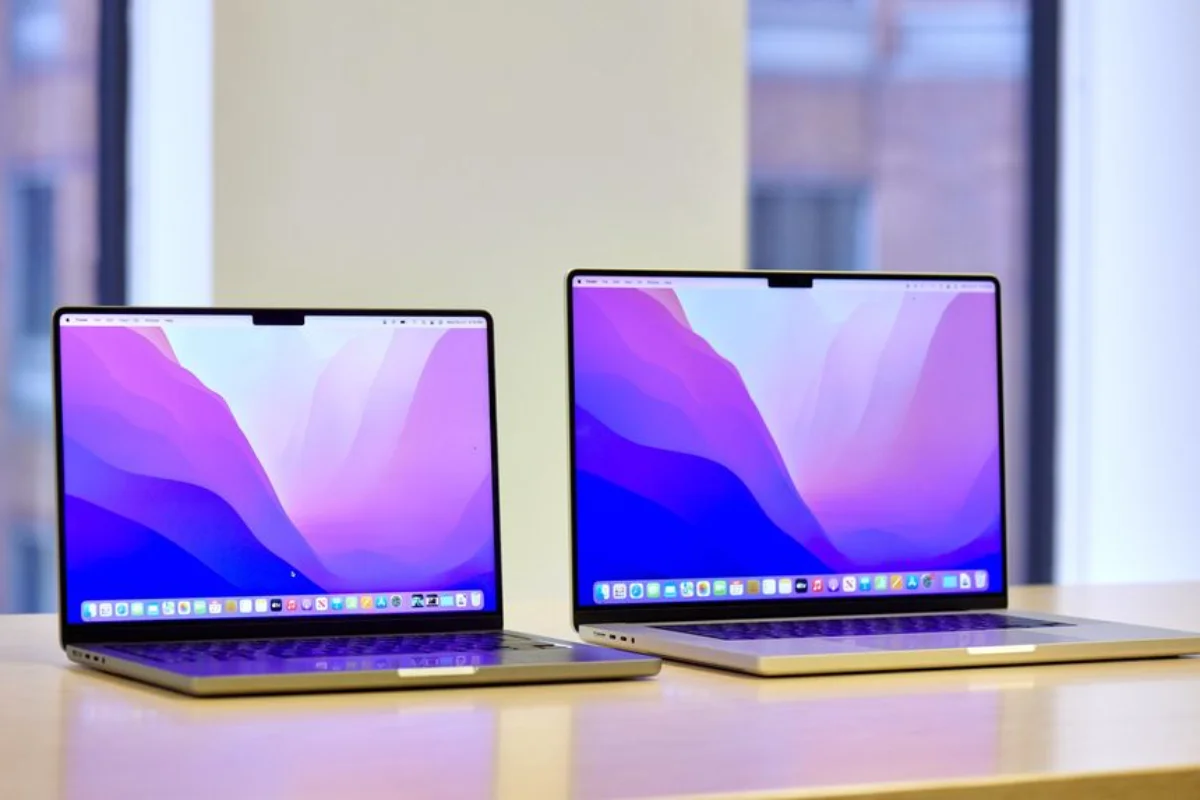
The obvious difference is the screen size. With one offering a screen with 3024 by 1964 pixels on the 14-inch Macbook Pro, the 16-inch MacBook Pro offers a 30% more screen real estate at 3456 by 2234 pixels. With an aspect ratio of 16:10 and a screen that is 93% of a true 4K display, has over 10,000 dimming zones because of MiniLED backing, a variable refresh rate from 24 Hz to 120Hz because of ProMotion, and brightness that goes to 1600 nits for HDR content, it’s one hell of a screen.
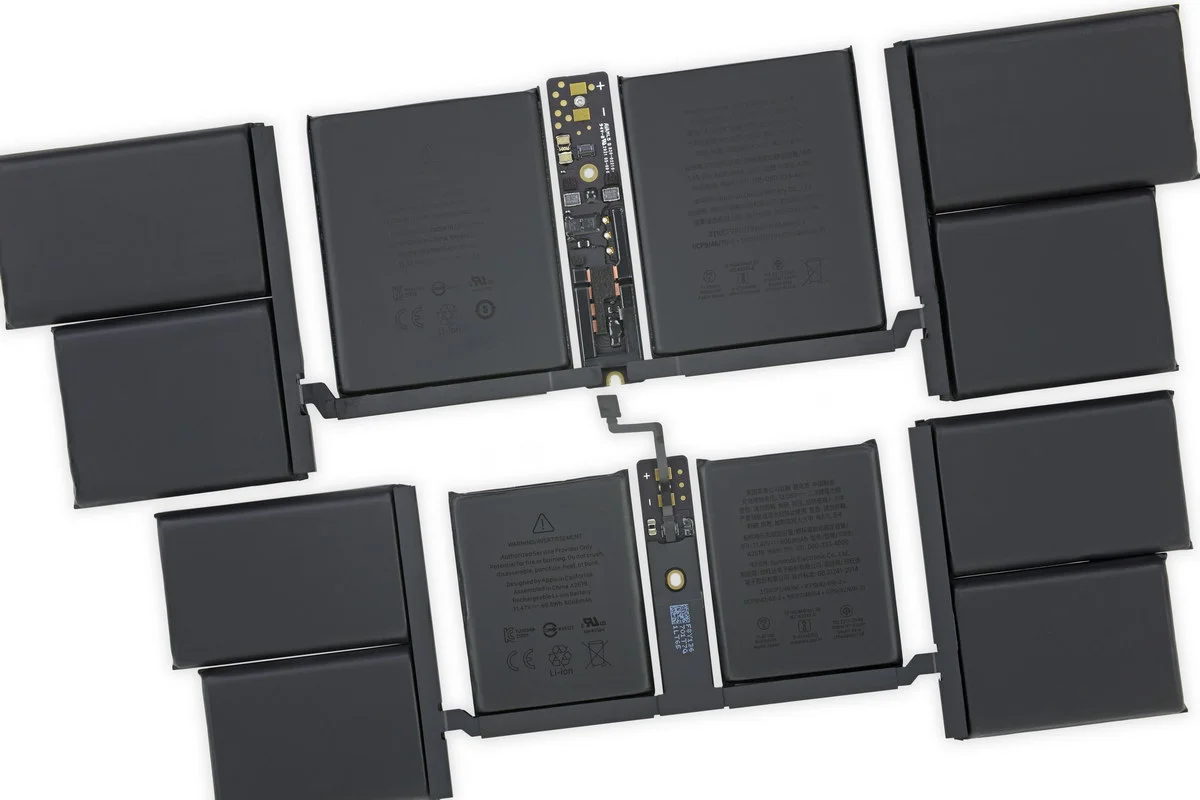
The other most obvious difference is the battery that is packed in each of the laptops. The smaller 14-inch MacBook Pro has a 70W built in battery. It comes with a 67W power adapter or 96W power adapter if you spec it during your build or bought a M1 Max version of the 14-inch. The 16-inch MacBook Pro has 100W of battery built-in, the maximum allowed by the FAA that can be carried on an airplane. The 16-inch has a 140W power adapter which will be important later on.
Minor Differences
Now we come down to minor differences that are little in nature, but do add up to the whole package.
Speakers Due to the size of the chassis, the speaker enclosure is slightly larger on the 16-inch than the 14-inch. Tests has shown that the 16-inch has slightly more bassier sound than the 14-inch. Proof that you cannot cheat physics.
Power Mode The most significant difference is the high power mode in the 16-inch. This feature allows the MacBook Pro to perform at max speed longer. This feature is only available on the 16-inch and on the M1 Max chip. The better thermals on the larger 16-inch definitely helps.
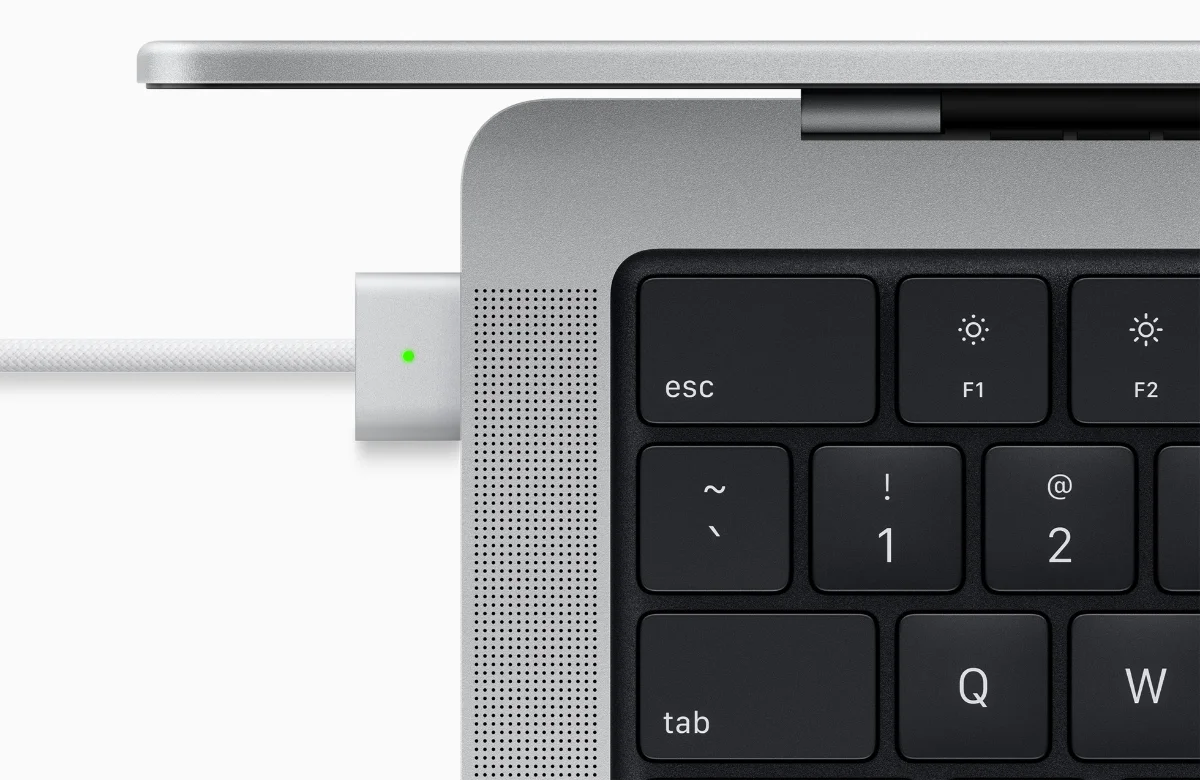
Fast Charging The new MagSafe 3 allows the MacBook Pro to get from 0% charge to 50% charge in 30 minutes. However, it all depends on the power adapter that is used. In the base 14-inch, you will not get this feature unless you get the 96W charger from the store or go for the M1 Max on the 14-inch. In the 16-in, all models got the 140W power adapter which enables Fast Charging.
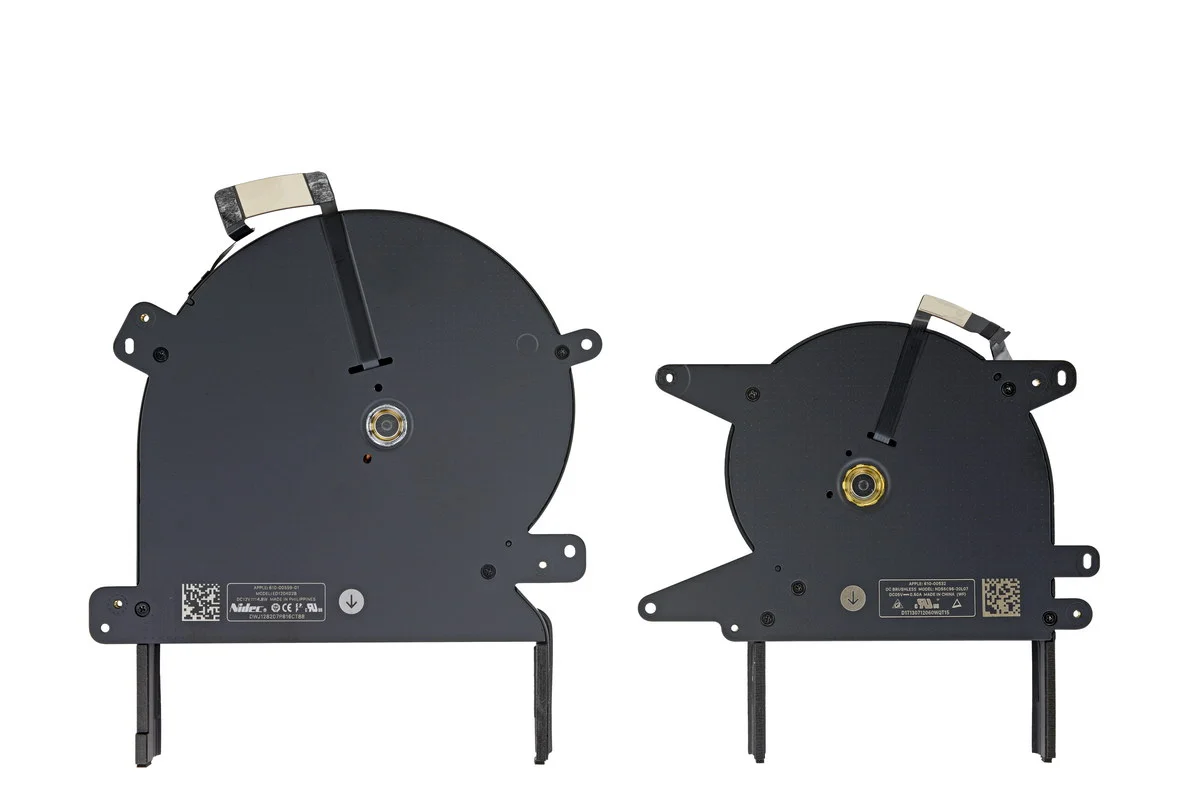

Better Thermals Running electrons as fast as possible on the chip will generate hate from resistance in the wires. The heat can be transferred out from the chip by using a heat sink. The heat can be removed faster if you have a larger surface area on your heat sink. This is all physics and naturally, the 16-inch has a larger heat sink which can improve thermals on the M1 Pro or M1 Max chip.
Conclusion
So there you have it. The current generation MacBook Pro is not only the most powerful to date, but also the most evenly powered between the models to date. The smaller MacBook Pro is no longer the middle child of the portable Mac line up.
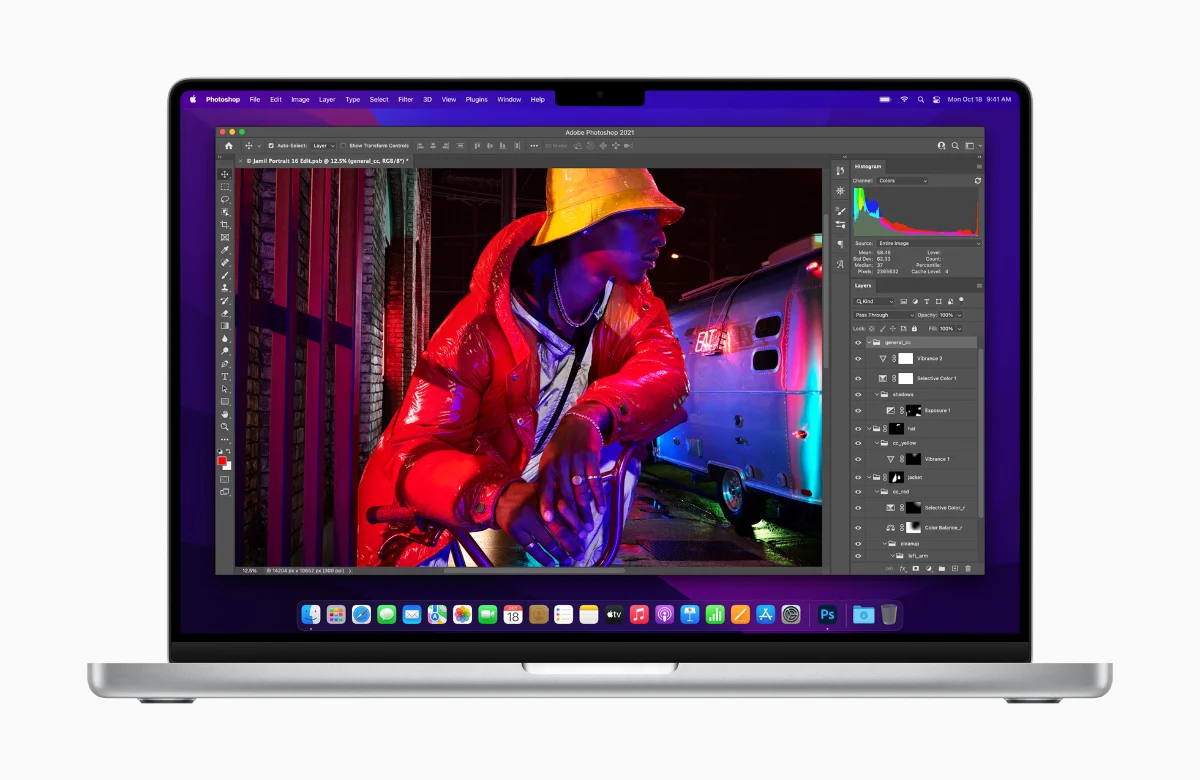
So now, the $500 question: is it worth the premium to go for the 16-inch model instead of the smaller but similarly capable 16-inch? The answer is yes, not only you are getting a bigger screen and battery, but you have a high thermal limit, so it has a lot more head room to last longer. So in conclusion, the smaller base 14-inch is built to a price point, while the base 16-inch model is built to a feature point. But of course, the appeal of the 14-inch is the compact size that also packs the same punch as the bigger brother.
Plug
Support this free website by visiting my Amazon affiliate links. Any purchase you make will give me a cut without any extra cost to you
- Mac Mini M1 - Amazon USA / Amazon UK
- iMac 24" M1 - Amazon USA / Amazon UK
- Mac Studio - Amazon USA
- MacBook Air M1 - Amazon USA / Amazon UK
- MacBook Pro 13" M1 - Amazon USA / Amazon UK
- MacBook Pro 14" M1 Pro / M1 Max - Amazon USA / Amazon UK
- MacBook Pro 16" M1 Pro / M1 Max - Amazon USA / Amazon UK
- Accessories:-
- Wireless earphones / headphones:-
- AirPods - Amazon USA / Amazon UK
- AirPods Pro - Amazon USA / Amazon UK
- AirPods Max - Amazon USA / Amazon UK
- Buyer's Guide:-
